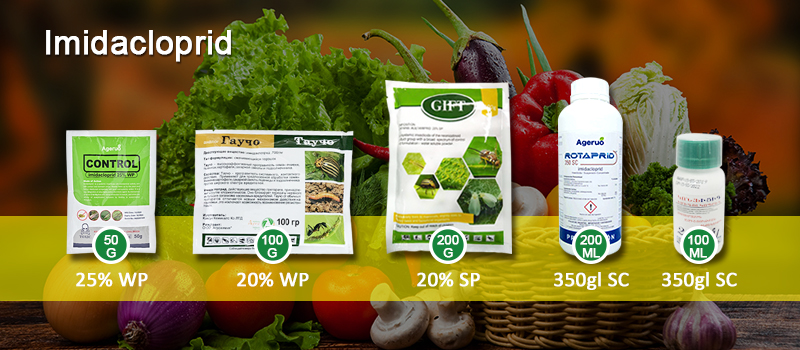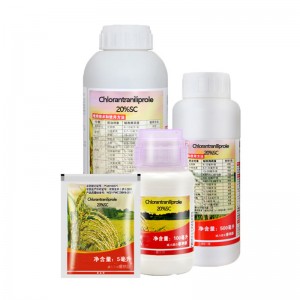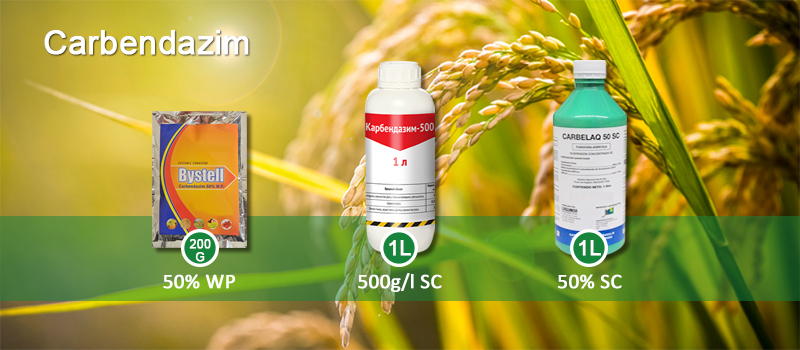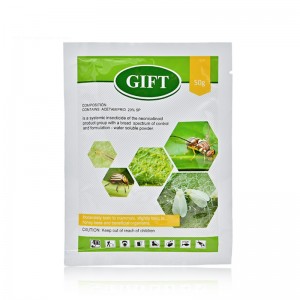Pests can not only destroy rice growth, but also transmit diseases that can lead to serious reductions in yield and quality. Therefore, effective rice pest control measures are essential to ensure food security. Here, we will explain how to deal with pests to ensure proper rice growth.
Impact of rice pests on agricultural production
Rice pests can cause a wide range of damage, including rice fly, rice leaf borer, and rice weevil. These pests cause serious impacts on the growth and development of rice by sucking the sap, chewing the leaves and destroying the root system. In addition, some pests are capable of transmitting viruses that further jeopardize rice health.
Damage caused by pests
Impact of rice growth
The effects of pests on rice growth are mainly reflected in the following aspects:
Nutrient competition: Pests directly compete with rice for nutrients by sucking the sap and chewing the leaves, resulting in malnutrition.
Weakening of photosynthesis: Pests destroy the leaves of rice, reducing the photosynthetic area and lowering the efficiency of photosynthesis in rice.
Root system destruction: Pests such as the rice weevil will destroy the root system of rice, affecting the ability of rice to absorb water and fertilizer.
Virus transmission
Pests such as the rice weevil not only directly harm rice, but also act as a vector for viruses. Through the stinging and sucking behavior of the rice fly, viruses can spread rapidly to other rice plants, leading to large outbreaks of virus diseases, which can seriously affect the health and yield of rice.
Decline in yield and quality
Pest damage can eventually lead to significant declines in rice yield and quality. Rice infested by pests has less full grains and lower quality, which directly affects the economic returns of farmers.
Types of Rice Pests
Planthoppers
Planthoppers is a sucking pest that survives by sucking the sap of rice. This pest not only causes rice to wilt, but also transmits viral diseases that further jeopardize rice health. There are many species of rice fly, of which the brown fly and white-backed fly are the most common.
Rice Leaf Roller
Rice Leaf Roller larvae bite rice leaves and roll them into cylinders, reducing the photosynthetic area and affecting the normal growth of rice. This pest can occur at all stages of rice growth and has a significant impact on rice yield.
Rice Water Weevil
The larvae of the rice weevil mainly feed on the roots of rice, damaging the root system and reducing the rice’s ability to absorb water and fertilizer, resulting in poor plant growth. Adults feed on the leaves of the rice, which also affects the overall growth of the rice.
Rice Armyworm
Rice armyworms feed on the leaves of rice, and in severe cases, the entire leaf is eaten, affecting photosynthesis and rice production. Rice armyworms have large populations, reproduce quickly, and are extremely destructive to rice paddies.
Rice Thrips
Rice thrips is a small pest that survives mainly by sucking the sap from rice leaves, causing white spots or stripes on the leaves, and in severe cases the leaves turn yellow and dry up. Rice thrips adversely affects the yield and quality of rice.
Rice Gall Midge
The larvae of the rice gall midge invade the young tissues of rice and form galls, affecting the normal development of rice and in severe cases leading to crop failure. Rice gall midge has a great impact on the growth cycle of rice and is difficult to control.
Rice Stem Borer
Rice Stem Borer burrows into the stalks of rice to feed, causing the stalks to break or die, affecting the yield and quality of rice. The larval stage of Rice Stem Borer is the most damaging stage, and control measures need to be focused on this stage.
Rice Bug
Rice bugs survive by sucking the sap of rice, causing the grains to turn black and shrivel, which affects the harvest. There are many types of rice bugs, but the most common is the green blind bug.
Rice Leaf Folder
The larvae of the rice leaf folder chew on rice leaves and roll the leaves into a tube, affecting photosynthesis and leading to poor growth and reduced yields. Control of Rice Leaf Moth needs to be carried out at the early larval stage to minimize its damage to rice.
Introduction of Commonly Used Insecticides
Imidacloprid
Uses: It is mainly used for the control of rice fly, rice thrips and other sucking mouthparts pests.
Characteristics: Imidacloprid has good systemic properties, can quickly penetrate into plants, has a long shelf life, and is relatively friendly to bees and the environment.
Chlorantraniliprole
Uses: It is effective against chewing mouthparts of rice stem borer, rice borer and other pests.
Characteristics: Chlorantraniliprole has strong poisoning effects of touch and stomach, long duration of efficacy, and high safety to the environment and non-target organisms.
Thiamethoxam
Uses: Widely used in the control of whitefly, rice weevil and other pests.
Characteristics: Thiamethoxam has systemic and penetrating properties, can kill pests quickly, and has low residue, and is friendly to the environment.
Carbendazim
Uses: It is mainly used for the control of rice gall midge, rice thrips and other pests.
Characteristics: Carbendazim has good poisoning effects of touch and stomach, and it is effective to many kinds of pests, and it has high safety to plants and environment.
Acetamiprid
Uses: Used to control rice field caterpillar, rice borer and other pests.
Characteristics: Acephate has good systemic and tactile effects, with a long persistence period and a significant killing effect on pests.
Cypermethrin
Uses: It is widely used to prevent and control rice fly, rice paddy moth and other pests.
Characteristics: Cypermethrin has strong poisoning effects of touch and stomach, good quick-acting effect, low residue, and relatively safe to the environment.
Suggestions on the use of insecticides
Selection of insecticides according to pest species
When choosing insecticides, the selection should be based on specific pest species. Different pests have different sensitivities to different insecticides, and a reasonable choice of chemicals can improve the control effect and reduce the waste of chemicals.
Reasonable use of dosage and application methods
When using insecticides, the dosage should be used in strict accordance with the instructions to avoid over or under use. Overdose is not only a waste of chemicals, but may also cause unnecessary impacts on the environment and non-target organisms. The method of application should also be chosen according to the specific situation, such as spraying and seed dipping, in order to achieve the best control effect.
Rotation to prevent resistance
When the same insecticide is used for a long period of time, pests are prone to develop resistance, leading to a decrease in the control effect. Therefore, it is recommended to rotate the use of different types of insecticides to prevent pests from developing resistance and to ensure the control effect.
Integrated Control Strategies
Agricultural Control
The occurrence and damage of pests can be reduced through scientific agricultural management measures, such as rational crop rotation, planting disease-resistant varieties and optimizing field management.
Physical Control
The use of physical means, such as traps, light trapping, etc., can effectively reduce the number of pests and reduce the damage of pests to rice.
Biological control
By introducing or protecting natural enemies of pests, such as parasitic wasps, predatory insects, etc., the number of pests can be controlled naturally and the use of chemical insecticides can be reduced.
Chemical Control
When necessary, chemical insecticides are used for control, but care should be taken to rationalize the dosage and rotate the use to avoid unnecessary impacts on the environment and non-target organisms.
Post time: Jul-11-2024













